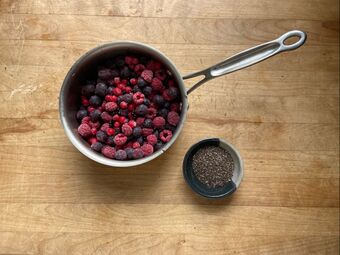
The variation pictured here includes berries from my backyard garden: red raspberries, red currants, black elderberries, and blueberries we harvested at White Pine Berry Farm in River Falls, WI. Eating a half-cup serving of berries is part of my personal wellness plan. I think of them as delicious medicine: they are nutrition powerhouses with gifts for every system in the body.
This compote is unsweetened and uses chia seeds to thicken it into a jam-like consistency. Enjoy!
Print the recipe here.
Makes 2 cups
Ingredients:
- 3 cups frozen berries
- 3 Tbsp chia seeds
Directions:
- Measure your berries out into a small saucepan. You can use a mixture or choose just one kind. I like incorporating berries of different colors, shapes and sizes for a visually-pleasing compote.
- Heat the berries on medium-low on your stovetop until they bubble and burst. Stir occasionally to prevent burning.
- Remove from heat and stir in the chia seeds. The chia seeds will absorb excess liquid and thicken the mixture as it cools.
- When the compote has cooled to room temperature, transfer to a glass container and store in the refrigerator for up to one week (if it lasts that long!).
| Jesse Haas, CNS, LN is a licensed functional nutritionist and certified health coach. She was a founding partner of Wellness Minneapolis and was an active practitioner with the clinic from 2014-2022. To connect with her regarding functional nutrition and health coaching services, please follow this link. |

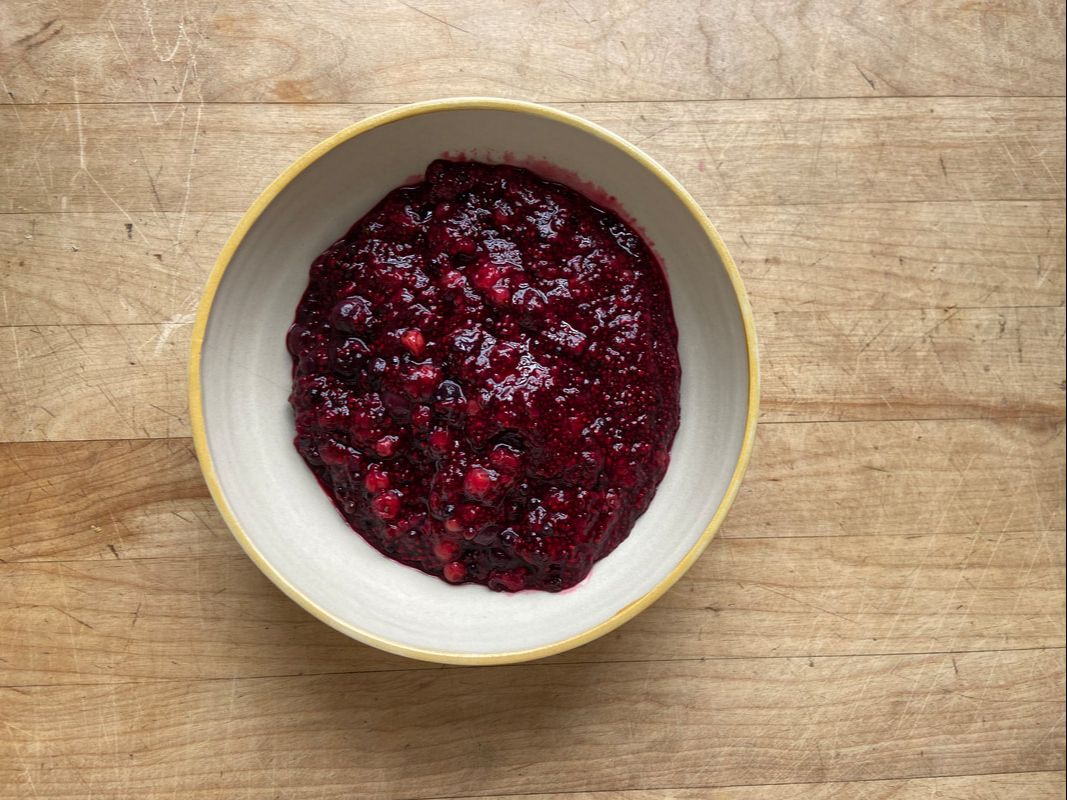

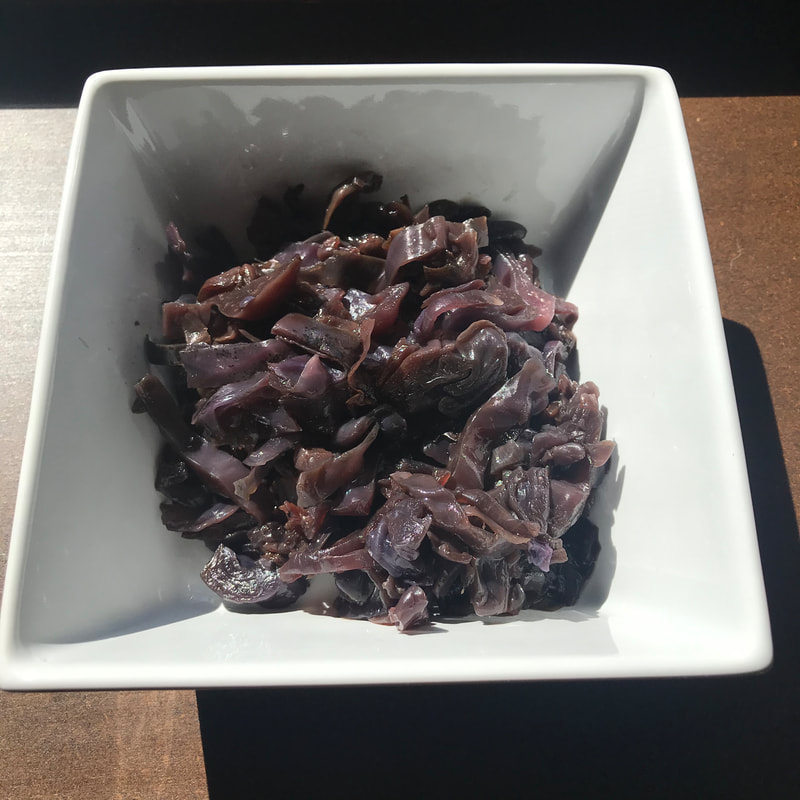
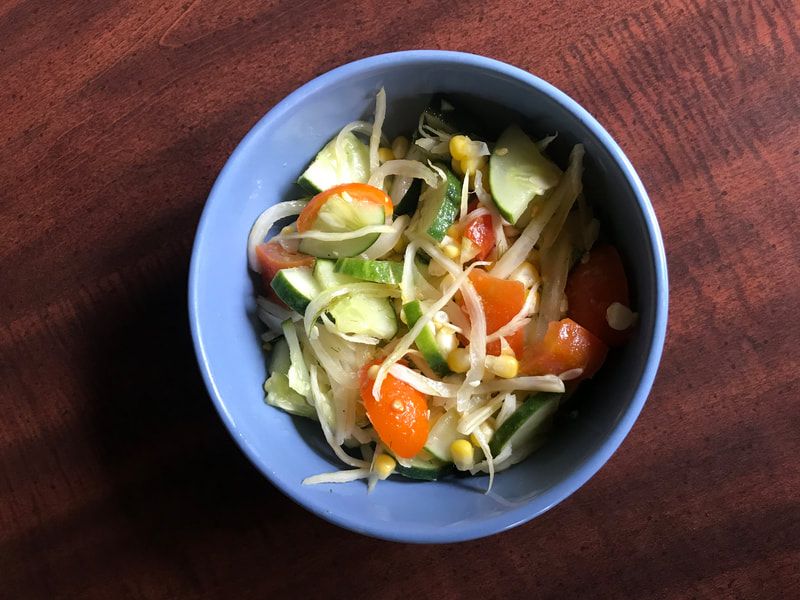
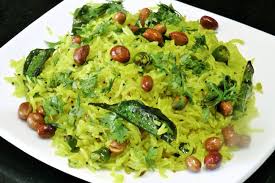
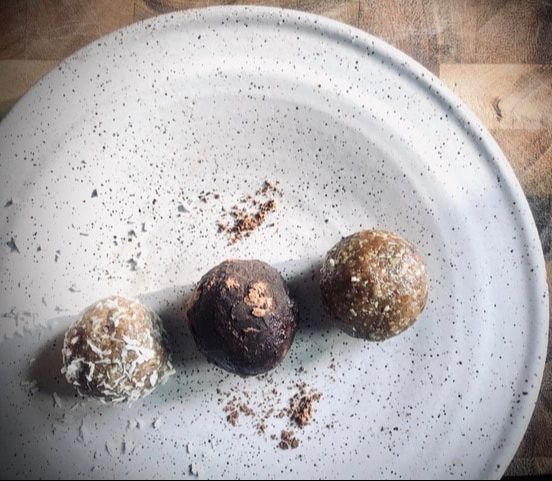
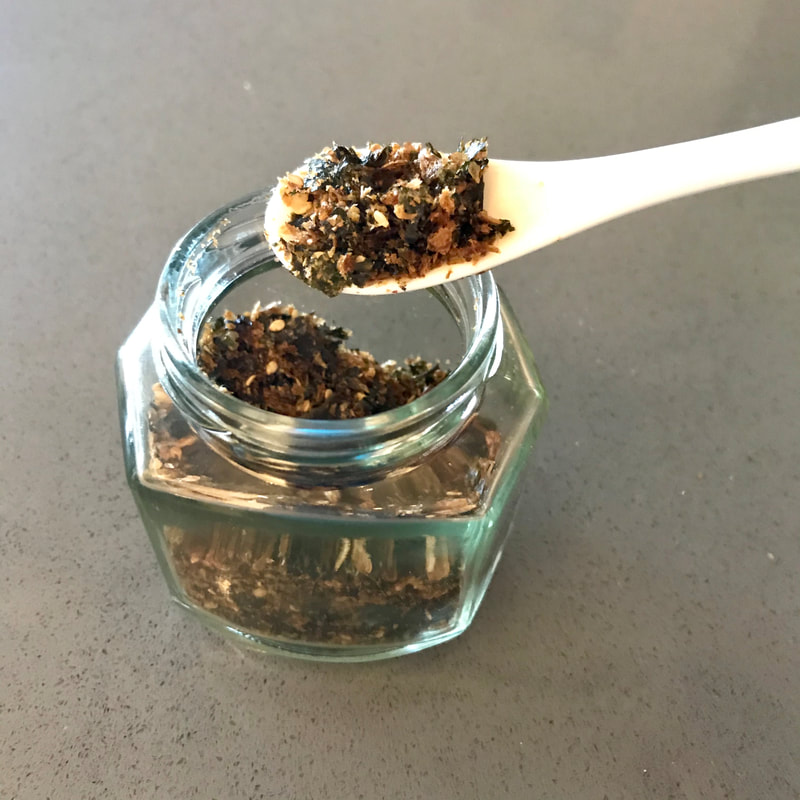
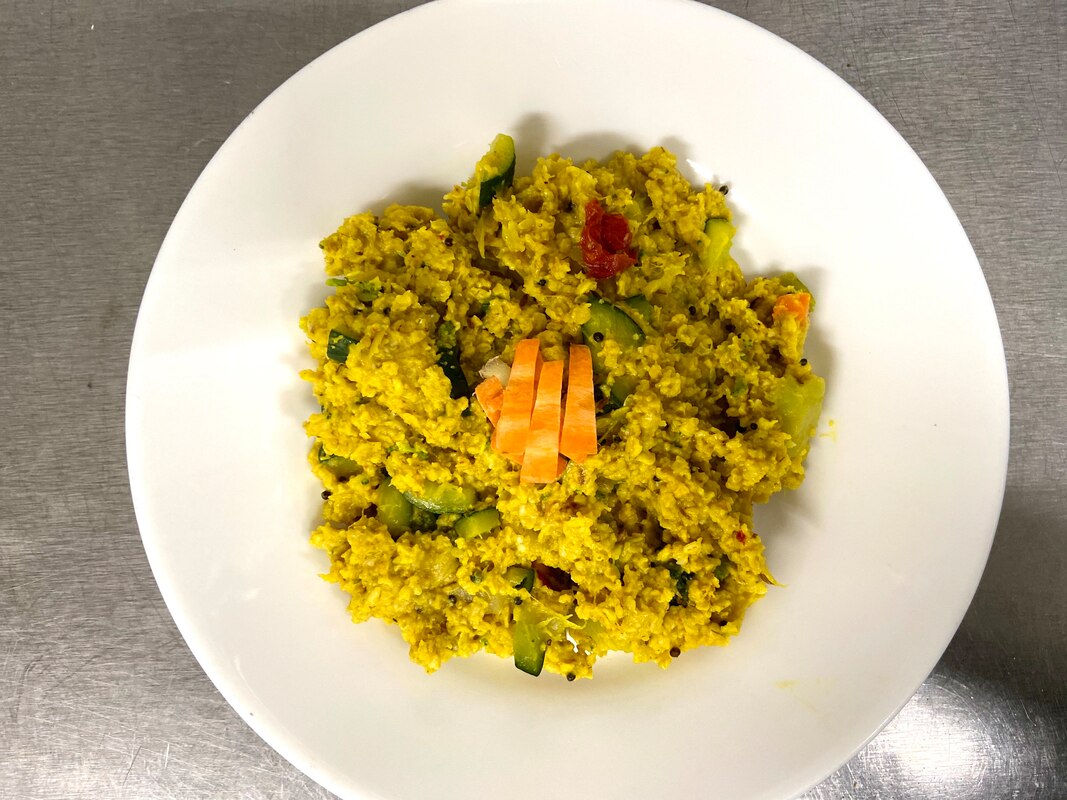
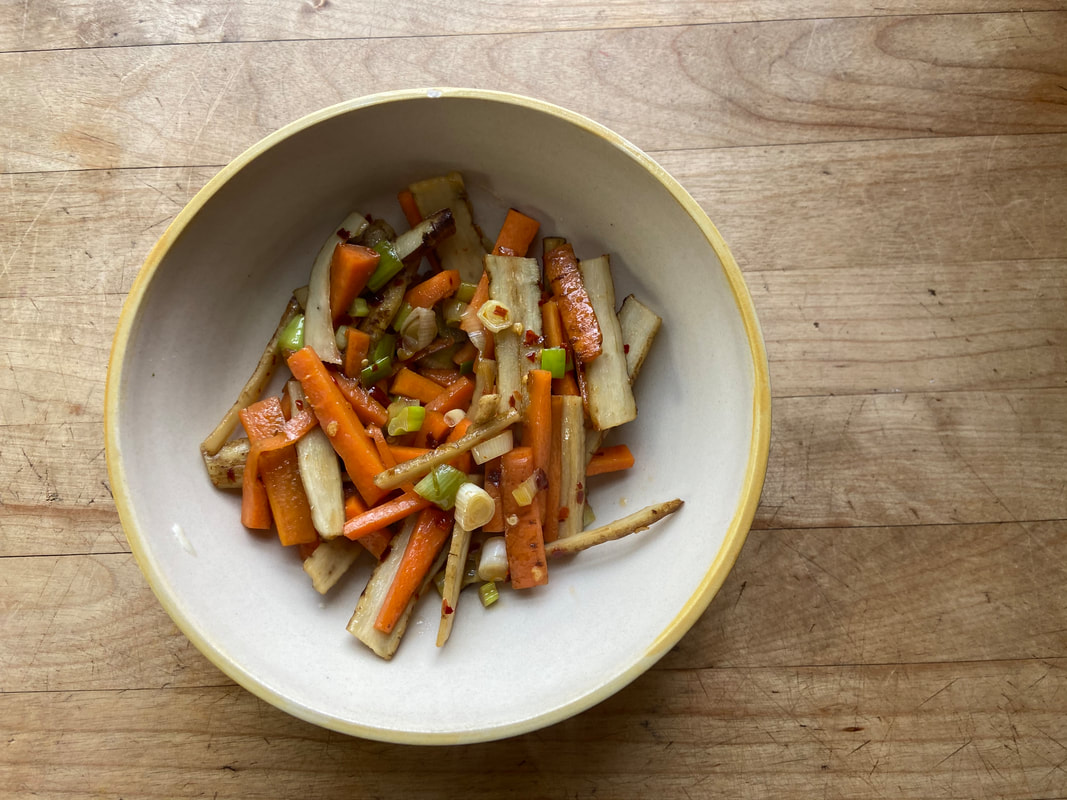

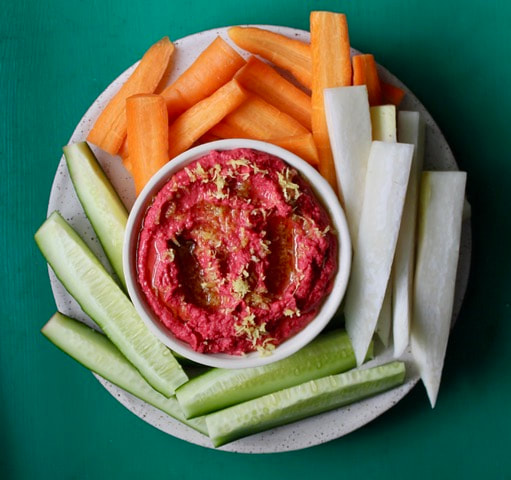
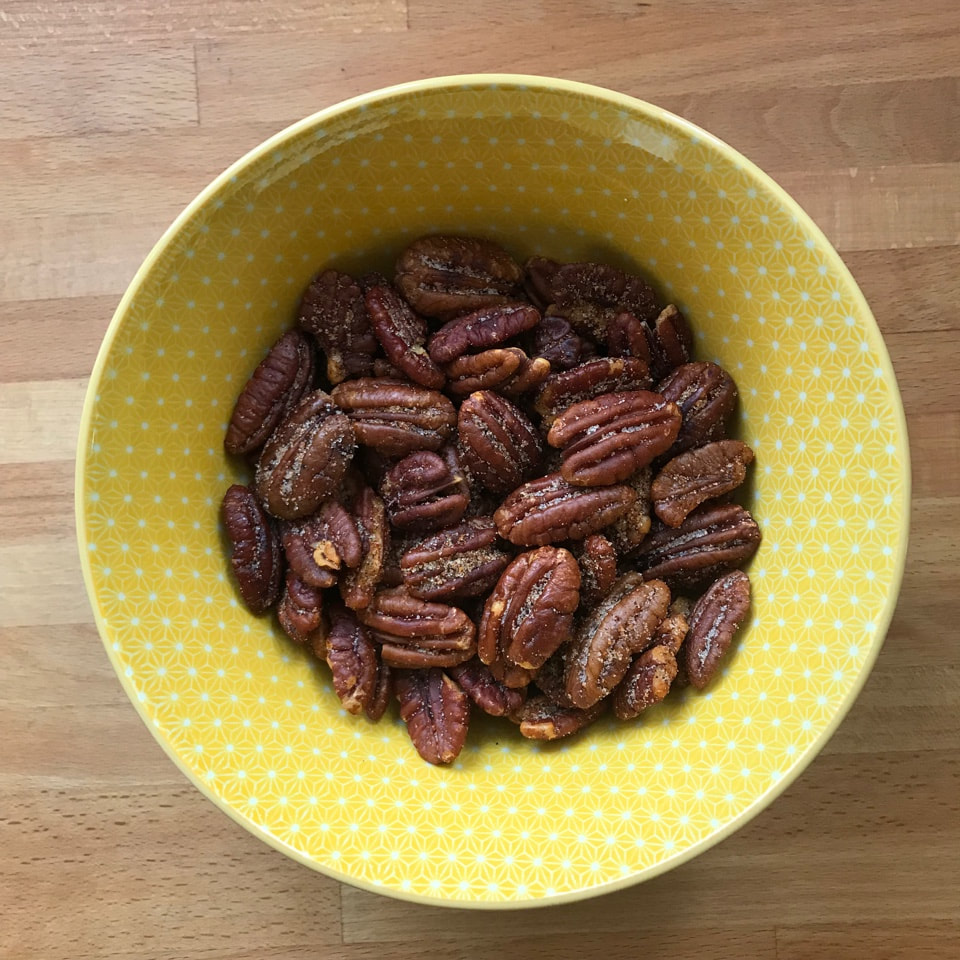
 RSS Feed
RSS Feed